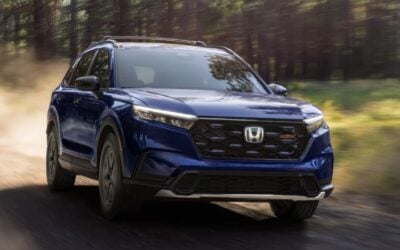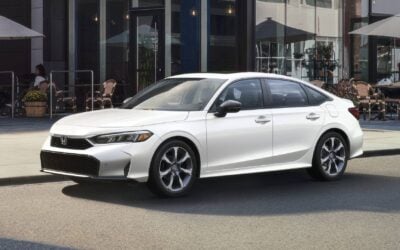When the Bipartisan Infrastructure Investment and Jobs Act was signed into law in 2021, $1.2 trillion in federal funding was earmarked for dozens of projects ranging from bridge repair to internet access. Included in the massive package is $7.5 billion for National Electric Vehicle Infrastructure (NEVI), also known as the national charging network. States were tasked with submitting a plan for how they would spend NEVI funding, with a submission deadline of August 1, 2022. Now that states have turned in their EV charging proposals, we decided to create this resource with every state’s plans for how they’ll spend NEVI funding.
There’s a lot to unpack here. Phase one of this five-year initiative will prioritize DC fast chargers every 50 miles along Alternative Fuel Corridors, which are usually interstate highways. Once state NEVI plans are approved by the Federal Highway Administration, the contract bid process and construction will kick off in early 2023.
Fiscal year 2022 (FY2022) funding is based on the state’s population, size, and number of major highways. We’d love to hear what you think about how your state is planning to build out their portion of the national charging network.
State EV Charging proposals (NEVI-Funded)
Just in time, or too little too late?
With electric vehicle market share recently rising above 5%, it’s not too late to get the ball rolling on a national charging network. But time is of the essence. Sales data from Europe saw accelerated adoption once the 5% market share threshold was surpassed, and half of American drivers are interested in EVs.
Of greater concern is the many ways in which the build out of a national charging network could fall short, and this is what’s on my mind. Anyone who’s ever frequented Electrify America charging stations is well aware that malfunctioning charging stations are a lot more common than they should be. In my experience with my Hyundai IONIQ 5, it seems like one out of five chargers has issues.
Can states, the U.S. Department of Transportation and private partners install 500,000 chargers that are more reliable and less confusing than the status quo? Perhaps they could learn a thing or two from Tesla, whose Supercharger network is the gold standard. In many ways, the success of electric vehicles in America will rely on the success of the state plans shared here. I’d be lying if I told you I wasn’t feeling a bit of anxiety about how this could go!
Drop us a comment below. What’s your take on these state plans for the national charging network?













0 Comments